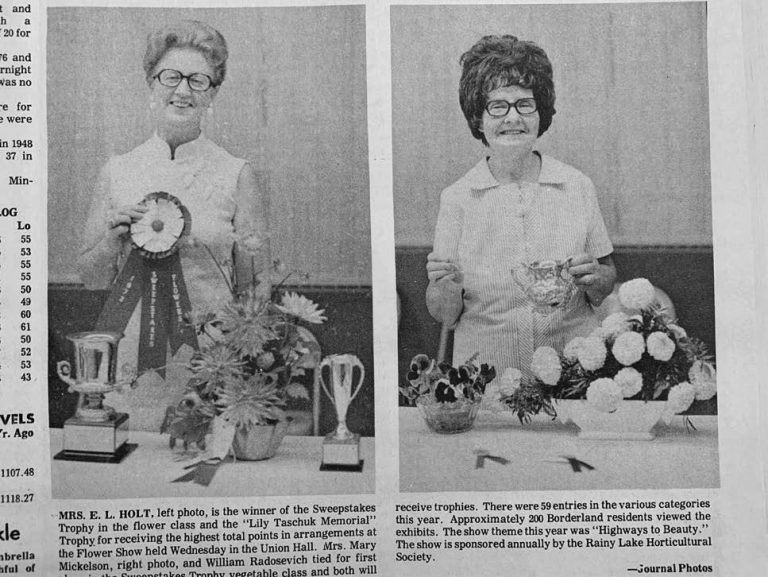Waste not, want not
According to the United States Department of Agriculture (U.S.D.A.) of every 10 pounds of food produced in the U.S., 3-4 pounds are wasted. The average American consumer throws away 1 pound of food each day. That’s about 365 pounds per year! It’s surprisingly easy to reduce food waste. The first step: ignoring the dates on most packaged food: “use by”; “best by”; “sell by”; etc. Those phrases are intended to assist inventory control and marketing by food retailers. Unlike nutritional information on prepared food packages, they are not required by federal law. (According to the U.S.D.A, the only food legally required to carry an expiration date is baby formula.) Placing dates on packaged food items is voluntary. “Best by “’ or “use by” dates indicate only when the food’s flavor or texture is at its peak. However, as long as the food is stored properly, it should remain wholesome for a week after the “best by” date. The U.S.D.A. states that eggs are good from 3-5 weeks after you put them in the refrigerator. They recommend putting them in the coldest part of your refrigerator. “Use by” dates are commonly seen on dairy products. As long as those products are properly refrigerated, they can be safely consumed up to a week beyond the “use by” date. “Sell by” dates are, obviously, for the retailer’s use. They appear on foods such as fresh meat. Proper refrigeration or freezing will render the food safe after the “sell by” date. What about home grown foods? Property harvesting and storing will maximize availability for later consumption and minimize waste. The University of Minnesota Extension Office has great information on harvesting and storing a variety of vegetables and fruits. Find it online at: https://extension. umn.edu/plantingand- growing-guides/ harvesting-and-storing- home-garden-vegetables Over time, most unused food becomes unpalatable and/or unsafe. But it still may be an asset. If you compost your kitchen sc




